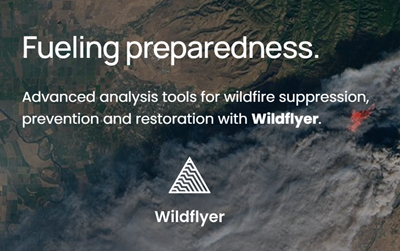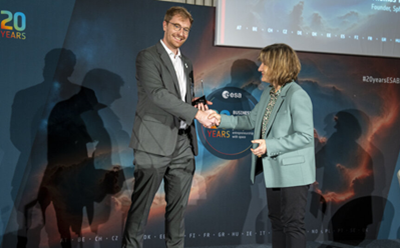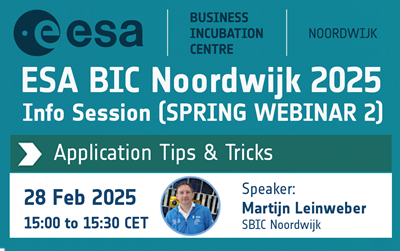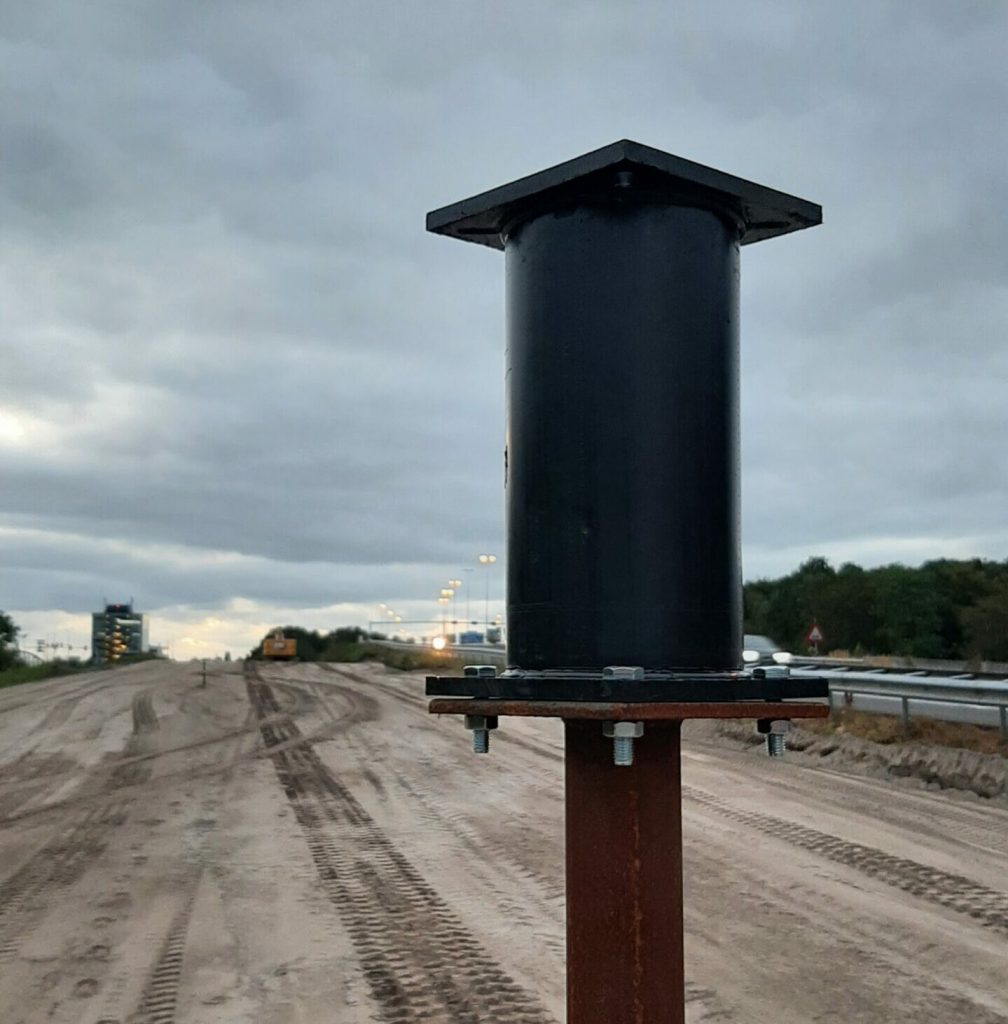
Usually when you are an engineering student, and you’d reach the end of your studies, you’d probably have a clear path ahead: either you’ll easily get an engineering job, or become a technical consultant. It’s not that often when you find four of those students together, doing the exact opposite: building their own business. Meet Soilspect.
Soilspect was founded by Hille Wichers, Daniel Spils, Tim Johan and Jesper van Rijn. Their business automates the measuring off of settlement gauges used in large construction projects to monitor deformations. We interviewed one of the co-founders, Daniel Spils.
What is it that Soilspect does, and what problem does it solve?
Before a road or other heavy construction is built, the ground needs to settle first. To do this, a heavy layer of sand is placed on top of the original ground. Without this process, the ground would settle after a structure is being built on it, causing the construction to break. This settlement must be monitored to see if the ground is not sinking too fast, and to check if the ground is settled enough. Most of the time this monitoring is done manually. A surveyor is hired weekly, sometimes even daily, to measure the settlement. A building site can have as many as 20 to 600 measuring points. As you can imagine, this process is an incredible undertaking, which we know can be done better.
To solve this problem, we developed a product that automatically monitors the settlement with the use of GNSS. Several of our products are placed on the construction site on settlement gauges in order to properly monitor its settlement. The customer can see his collected settlement data in our dashboard. They can choose to evaluate their data inside the dashboard or to download a total project overview. This solution is cheaper, clearer and easier than the current methods. Soilspect’s goal is to offer a fully automated service with an eye to customer-satisfaction at a lower price than the current methods.
How does that system work and what does it look like?
Normally gauges are extended when there needs to be more sand added. We mount our device on top of the gauge. While it is high-tech, it doesn’t look like that and that’s on purpose. On construction sites, material gets stolen a lot. So there’s the added challenge to actually not make it look cool.
Obviously, there’s a GNSS receiver in the device, which receives raw data from satellites daily, and sends it to our server for the post processing of that data. Normally for instance land surveyors measure this once a week or two weeks.
How do you deal with that human component of measuring settlement?
The human component will still be there, because our main task isn’t measuring, but predicting. The device can tell us: will the ground sinks according to the prediction? So we know when there needs to be added more sand. Someone can take care of that in an office.
What is the biggest challenge in the infrastructure/construction industry?
It’s a rather conservative industry. An industry that’s open to innovation, but it will take long before innovations really make their way in it. It’s also a rather private or close industry, you’ll need the right contacts. Next to that, we’ve already seen the rise of some competition. Which is a risk. But it also tells us there really is a market for our product.
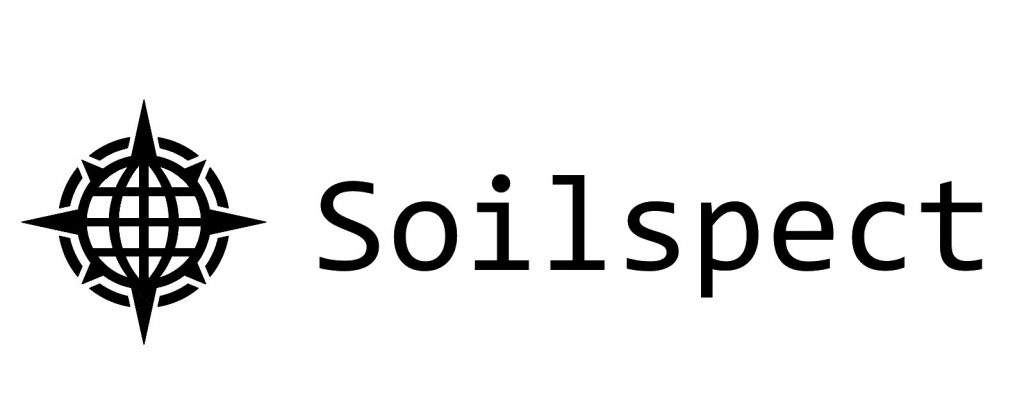
How did the Soilspect team came to be?
We were four students at the Hogeschool van Amsterdam. We all did a different study, but we met during the minor Startup your Business in Technology. In that minor you need to build a faux business. We had no idea at first, but when this idea came by we immediately thought: this is the problem we can solve.
Although we all didn’t have any experience with the ground and construction industry, we are all engineers. And we engineers like it to fix things and solve problems. So the fact that this was an unknown path for us, didn’t matter to us. Anyway, after winning the minor’s pitch event, we decided to continue the company.
Can you describe Soilspect’s journey into ESA BIC?
After our minor, we entered a pre-incubator programme managed by our school in Amsterdam called 10K. I started to work for HDES as an intern, an incubatee of the ESA BIC Noordwijk programme (now an alumnus), and graduated there as well. At HDES, I learned about the nice people in the community and the financial support that the ESA BIC programme has to offer. So, after taking part in the SBIC Ignition Programme in spring 2021, we decided to apply here this summer.
It doesn’t happen that much that four young graduates are starting a business together, could you elaborate some more on you managing your business?
We know it’s not very common, but at the same time we are with four founders. Even though we work part time, we still have sufficient manpower. During our graduation, we chose to do internships at relatively small companies, so we could work on our startup at the same time.
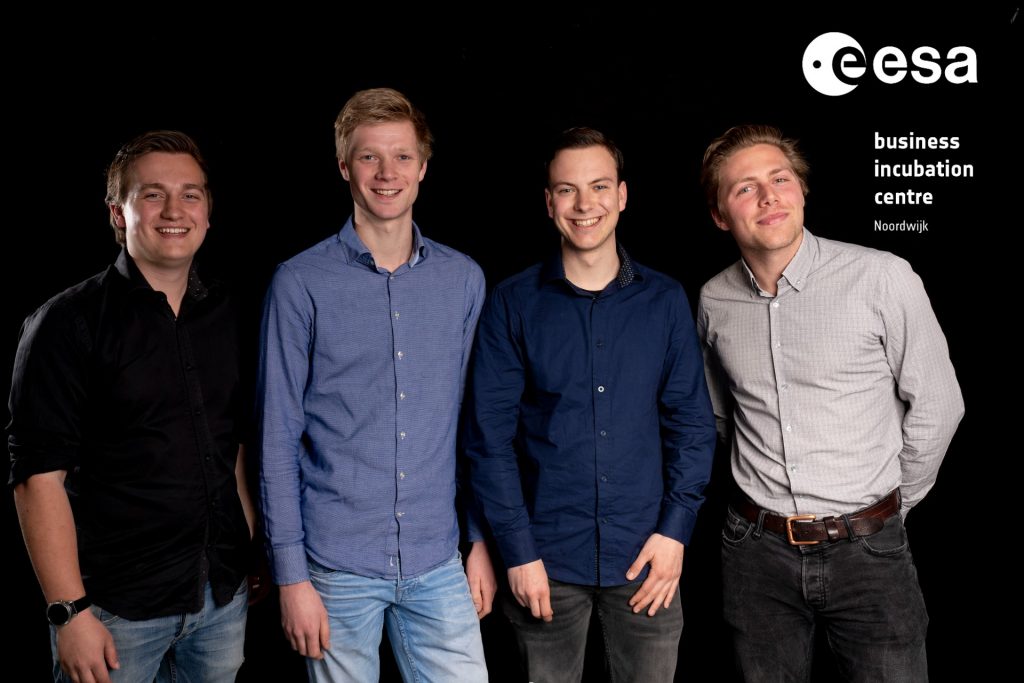
And because we just graduated, we still need to pay rent so we decided to all have part time jobs next to Soilspect. I for instance still work for HDES, Tim does that for ParkEagle. Jesper works part time in the agricultural sector and Hille is enrolled in another study. We need to do this to grow Soilspect. When there is a financial possibility to work full-time we will immediately take it. As a group of four we have perfectly aligned these expectations. And that’s only possible when there’s the right team spirit. I can safely say we have become a tight group of friends.
How would you describe this team in one sentence?
Expertise galore, mixed together with a lot of fun and games.
What can you tell us about the space connection of your startup?
There’s a GNSS receiver in the device, so we make use of the existing satellite constellations. This allows us to perform height measurements accurately. But with GNSS, it’s quite tricky to get the right results. It’s known better for measuring the longitude and latitude very specifically.
Do you have some short term and long term goals to share?
In the summer we found out there were some competitors, which was an eye opener for us. So now our goals are to build a minimum viable product (MVP) and get paid projects. We are working long hours to make that possible. In the upcoming winter, we want to start producing fast.
Do you have some other milestones to share with us?
We have just finished our first production round with about 30 systems that are ready to be deployed.
What are some entrepreneurial lessons learned already?
What we’ve learned so far: dare to do.And if you’re in doubt of something, it’s best to just start and figure it out as you go. To us that is the most important lesson. When you have a certain background, you have a certain mindset. As we are all engineers, we don’t necessarily have the startup mindset, and we’d like to have a fully working product before we show it to our clients. We learned that it’s faster to just start.
More business oriented people already have some money in the bank before they even made or sold anything. And that adds to the speed of the company. We’ve noticed that speed is necessary when you’re building a startup. So that’s why we’re looking for an investment as we speak.
Interested in becoming a space related business? The ESA BIC Noordwijk programme helps aspiring entrepreneurs with creating their prototype or market introduction with their solution. More info:
